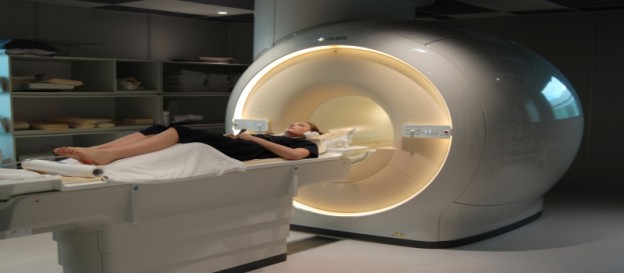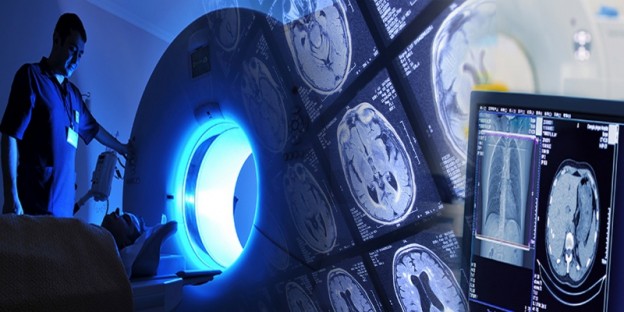
Prostate cancer is the second most deadly cancer in men, after lung cancer. There are an estimated 233,000 new cases of prostate cancer a year in the U.S. and 29,480 deaths, according to the National Cancer Institute.
A growing body of evidence shows that MRI can help physicians detect a larger percentage of aggressive cancers than conventional biopsies. Current medical practices dictate use of the prostate-specific antigen (PSA) test, which is followed up with a biopsy if PSA levels are determined to be high. Nonetheless, traditional ultrasound guided biopsies cannot always accurately target suspicious nodules, forcing patients to resubmit themselves to an uncomfortable procedure to achieve conclusive results.
MRI in Prostate Cancer Detection and Treatment
According to one study, published in July 2014 in European Urology, MRI used to detect prostate cancer can help triage patients with suspicious findings for targeted biopsy:
- • Reduce the number of cores taken by 84 percent
- • Reduce the number of biopsies by 36 percent
- • Reduce detection of low-risk cancer by 87 percent,
- • Increase detection of intermediate, and high-risk cancer by 18 percent.
Sumathi Reddy, consumer health columnist for the Wall Street Journal, notes in one article: “Because conventional biopsies can’t always distinguish when a cancer is clinically insignificant, patients sometimes undergo unnecessary surgery, radiation or other therapy. Such overtreatment has been a concern in the medical community for some time.”
Controversy over MRI as New Screening Standard.
A common objection to MRI screening use is that there are not many radiologists skilled in interpreting prostate MRI exams. Reddy remarks, “While it is important to note that experience matters, radiologists experienced with MRI in prostate cancer detection can offer greater clarity regarding rising PSA levels, prostate cancer diagnoses and prostate cancer prognoses.”
“Improved imaging with MRI may allow one to confidently recommend surveillance to a greater number of patients and to discover aggressive disease in areas that are not usually biopsied,” said Center for Cancer Research at the National Cancer Institute Clinical Director William Dahut, M.D. “No technology is perfect, that’s for sure. However, it is clear that our tools and ability to use these tools continues to markedly improve.”
The Center for Diagnostic Imaging is confident in the continued growth of prostate MRI exams, as it offers patients more accurate information about their disease to inform treatment decisions. MRI may well be the next frontier for cancer detection, as well as the new alternative to the current standard of care.
To learn more about our services, and to see how you can prevent disease by being screened, contact your closest Center for Diagnostic Imaging today.






